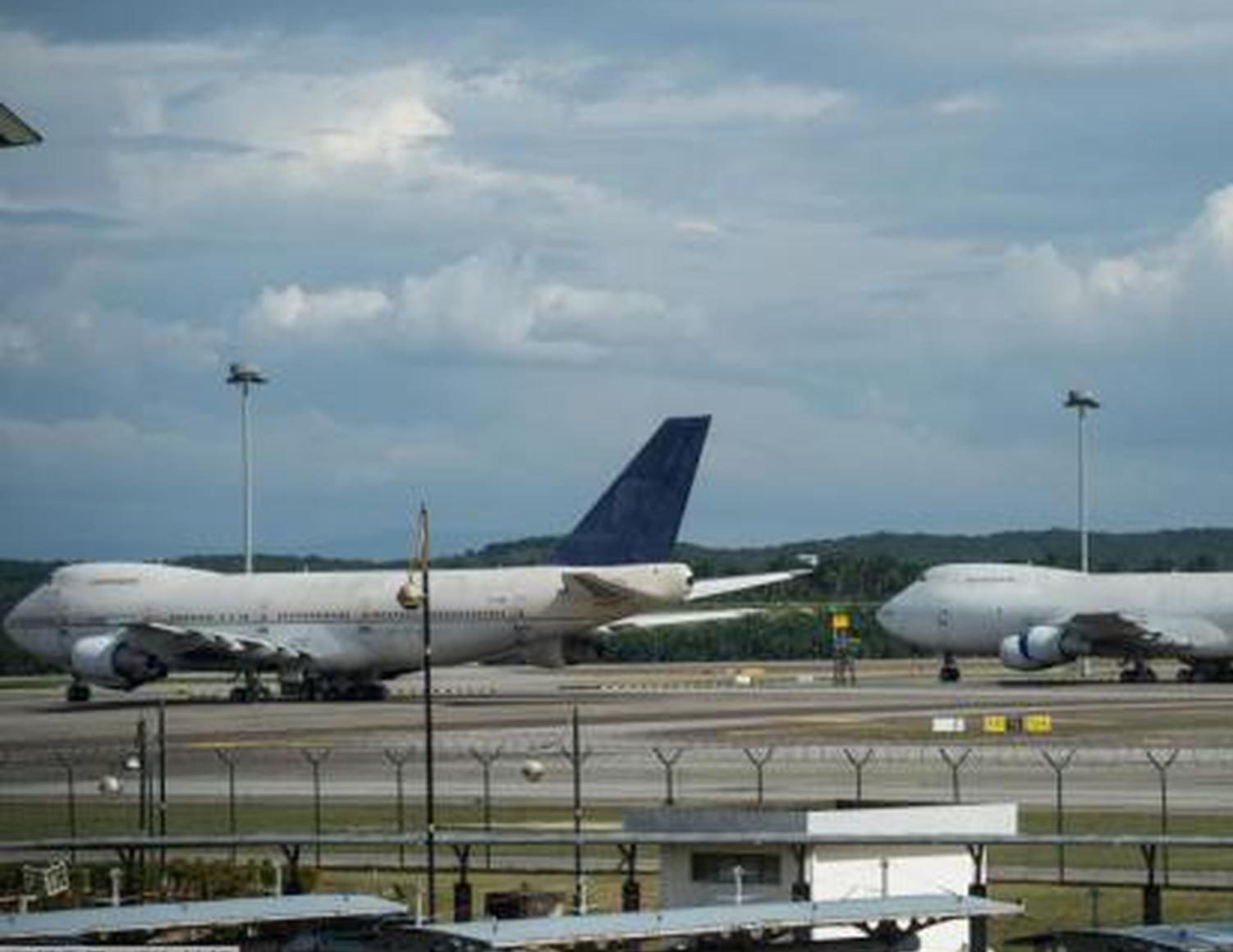Boeing delivers its last 747 jet
Boeing on Tuesday delivered its last built "Queen of the Skies" — the 747 jumbo jet that helped change air travel forever more than a half-century ago.
Since its first flight in 1969, the 747 has served as a cargo plane, a commercial aircraft capable of carrying nearly 500 passengers, a transport for the space shuttle, and the Air Force One presidential aircraft while also appearing in James Bond films.
The Boeing 747 was handed over at Boeing's plant in Everett, Washington, to its new owner, US air cargo operator Atlas Air.
The 747, the world's first twin-aisle passenger jet, made its first flight in 1969, connecting international cities that had never had direct routes and helping mass travel become commonplace.
"It was the first big carrier, the first wide-body, so it set a new standard for airlines to figure out what to do with it, and how to fill it," Guillaume de Syon, a history professor at Pennsylvania's Albright College who specializes in aviation and mobility, told The Associated Press.
"It became the essence of mass air travel: You couldn't fill it with people paying full price, so you needed to lower prices to get people onboard. It contributed to what happened in the late 1970s with the deregulation of air travel," he said.
The four-engine plane can seat up to 10 people in one row. Because it could carry so many more passengers on a single trip, airlines could sell more cheap tickets, making air travel affordable for the masses.
"It's one of the great ones," said Shea Oakley, who runs an aviation history consulting firm and is a former executive director of the Aviation Hall of Fame and Museum of New Jersey, told The New York Times. "If you had to make a list of the 10 most important airplanes ever built since the Wright Flyer, the 747 needs to be on that list. It was a quantum leap."
But over the years, smaller and more efficient two-engine airplanes that could fly longer distances came to the market. Boeing and its European rival Airbus have delivered more profitable and more fuel-efficient wide-body planes that require maintenance of just two engines instead of the 747's four.
As of December 2022, there were only 44 passenger versions of the 747 still in service, according to aviation analytics firm Cirium, down from more than 130 as passenger jets at the end of 2019, before the COVID-19 pandemic crippled the demand for air travel, CNN reported.
In the early 2010s, Boeing introduced the last model, the 747-8, delivering about 50 passenger versions and more than 100 versions for carrying cargo.
Germany's Lufthansa remains the largest operator of the passenger version of the B747-8, with 19 in its current fleet and potential commitments to keep the jumbo jet flying passengers for years, possibly decades, to come. South Korea's Korean Air also still offers 747 passenger service.
And the president of the United States will keep flying on special modified 747s until the delivery of two more 747s undergoing an extensive modification program.
They are technically called VC-25 and referred to as Air Force One, a call sign that is only used when the president is on board. They were originally manufactured for Russian airline Transaero, which went bankrupt in 2015.
Agencies contributed to this story.

